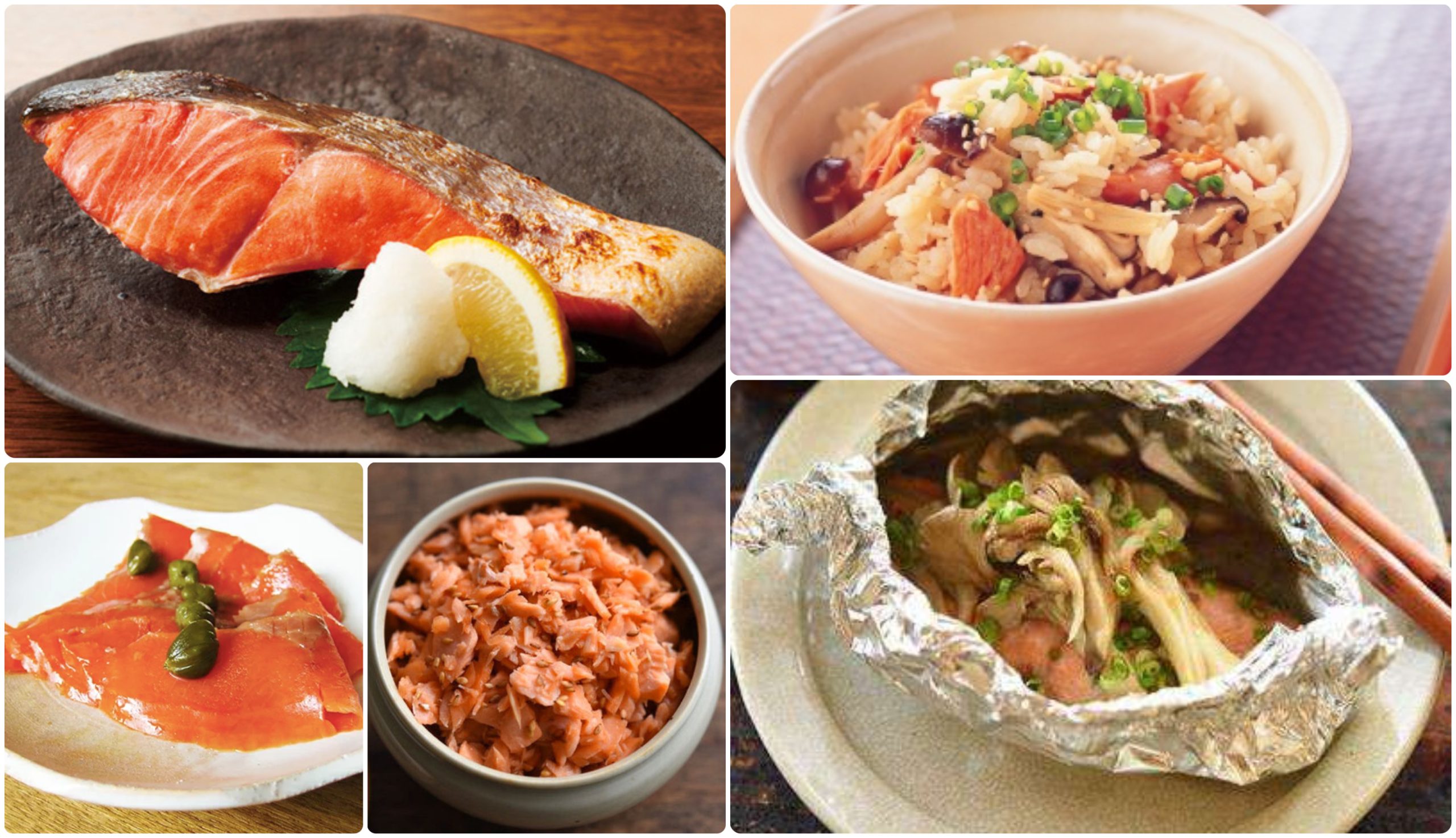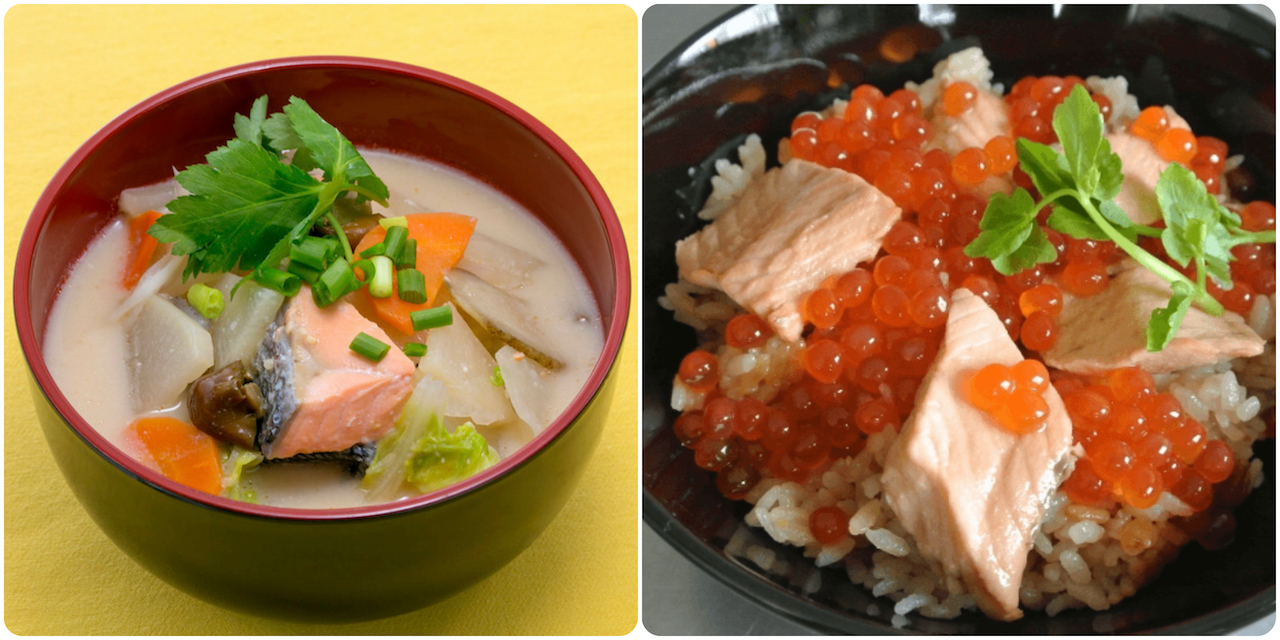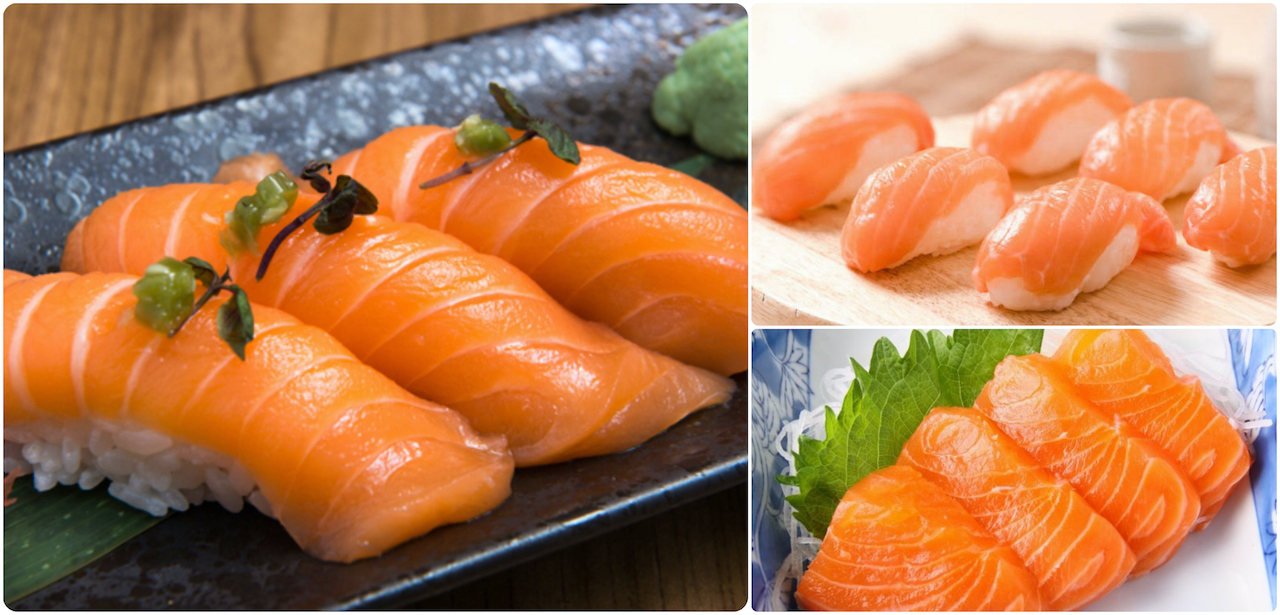
Kitchen Culture Cooking Club
EXPLORE and PRACTICE Japanese cooking in your own kitchenAbout Kitchen Culture Cooking Club
Welcome to the Kitchen Culture Cooking Club, a community space providing encouragement to those who want to EXPLORE and PRACTICE Japan’s washoku wisdom in their own kitchens.
To facilitate this, themed projects will be posted to this page periodically. Project Assignments and links to relevant reference material stored on this site will be posted to this page. Anyone, anywhere in the world, with a sincere interest in Japanese food culture is welcome to browse the contents of this page and then replicate the themed project in their own kitchen.
For those who wish to display-and-discuss their projects with like-minded people, I invite you to join the KITCHEN CULTURE Cooking Club Facebook Group (formerly the TSUDOI Project), an interactive community space.
PROJECT Salmon

SALMON・鮭・SAKÉ
Salmon lends itself to variety of cooking methods — it can be skillet-seared, steamed, broiled, grilled, braised, smoked, poached and fried.
PROJECT Salmon is about preparing salmon in many different ways in your kitchen. You’ll find lots of suggestions and recipe resources here.
In the photo above, upperleft, clockwise: SHIO YAKI (salt-cured beni-jaké, broiled and served with grated radish and lemon); TAKIKOMI GOHAN (Rice cooked with Mushrooms and Salmon); GINGAMI MUSHI (salmon and mushrooms steamed in foil); SALMON FLAKES to toss into rice or stuff onigiri with; SMOKED SALMON (garnished here with capers).

Recipe resources at this website include a belly-warming salmon and root vegetable chowder called KASU-JIRU and HARAKO MESHI rice cooked with salmon and topped with roe.
Further recipe resources for preparing salmon from previously published cookbooks (available through CKBK):
An American Taste of Japan (William Morrow, 1985) pg 142 Camellia Sushi made with smoked salmon.
An Ocean of Flavor (William Morrow, 1988) pg 114 Red and White Half-Moons made with smoked salmon and white radish.
Visit the KITCHEN CULTURE post on SALMON to learn about wild-caught varieties commonly found in the Pacific rim.

October 2022 newsletter about sāmon
The newsletter’s main story is about sāmon, salmon served as sushi and sashimi. Download a copy of the October newsletter here.
Recipes and Resources
Stock (Dashi)
Dashi stock is essential to making soups and simmered or stewed dishes. Dashi is also used when making many egg dishes and all sorts of sauces, dips and dressings. Using good dashi will make a noticeable difference in the outcome of so many dishes you prepare.
Click to download recipes for (vegan) Kelp Alone Stock or Standard Sea Stock + Smoky Sea Stock
How to Cook Rice
In Japanese, the word for cooked rice, ご飯 GOHAN, is the same as the word for a meal, ご飯 GOHAN. Indeed rice is central to the meal. Download the Rice with Mixed Grains recipe.
How to Prepare Sushi Rice
Sushi dishes are made with rice that has been seasoned (with sweetened vinegar) AFTER being cooked. Download the Classic Sushi Rice recipe.
Quick Pickles
The Japanese enjoy a wide variety of tsukémono pickles, many can be assembled quickly and are ready to eat within a short time.
Download a recipe for Quick-Fix Hakusai Cabbage.
No Results Found
The page you requested could not be found. Try refining your search, or use the navigation above to locate the post.
